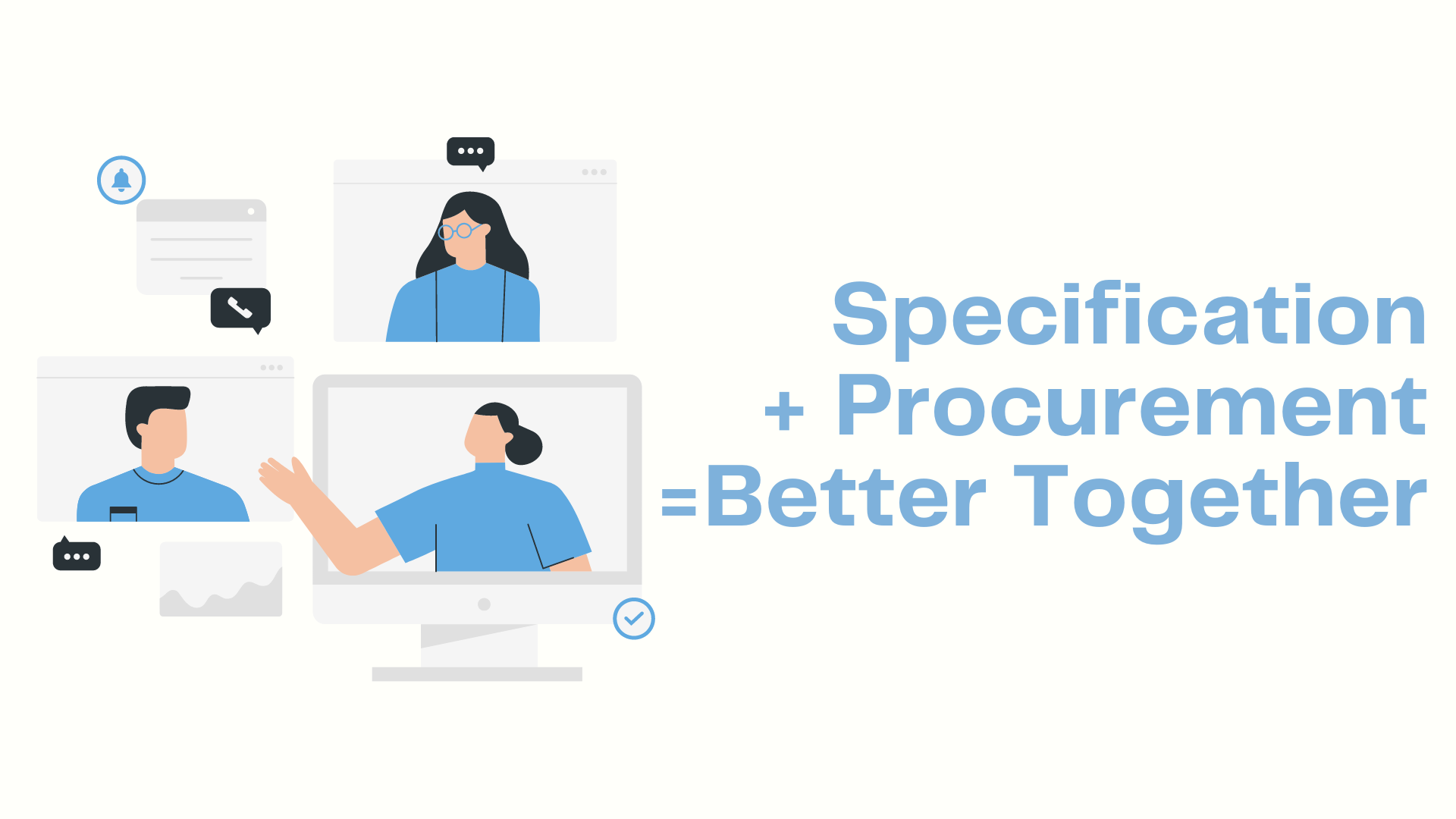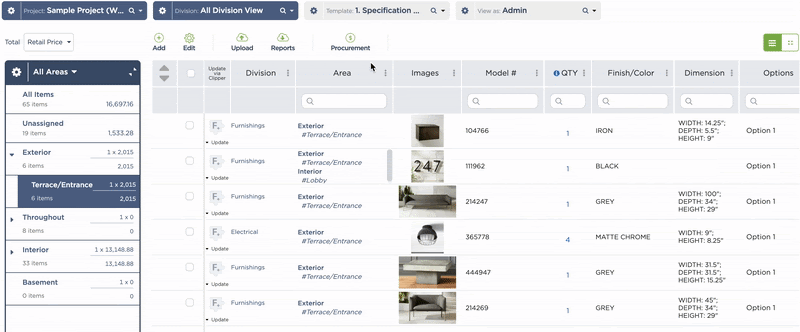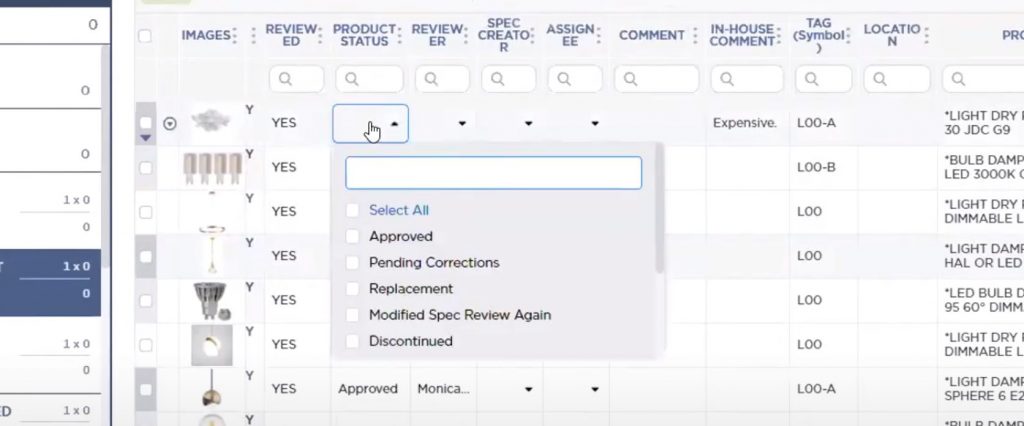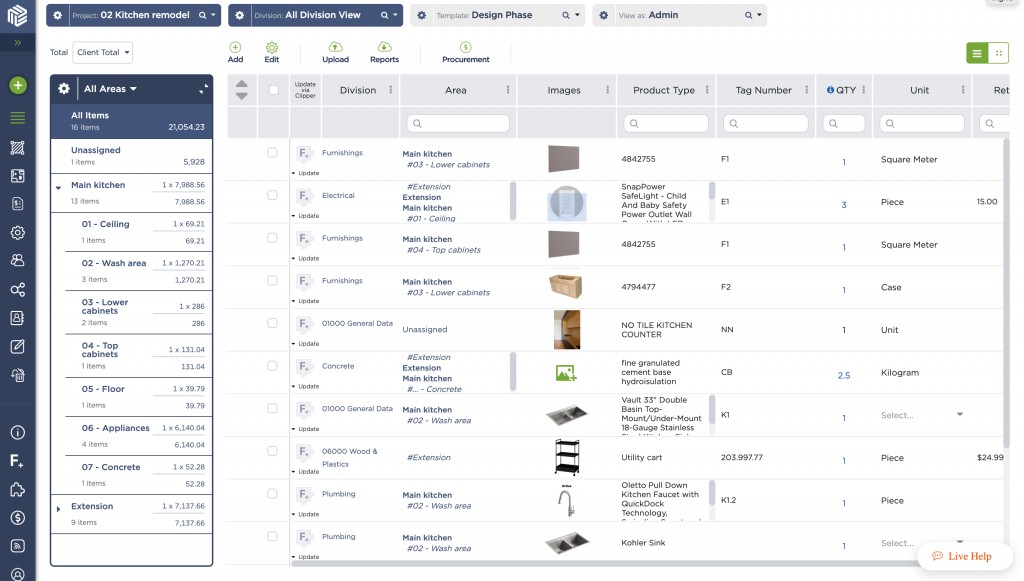
Manage FF&E specification, procurement, and product data at scale. Take on bigger projects with confidence and grow your firm with Fohlio. Schedule a demo or book a consultation with one of our account managers to explore these features today.
For two processes that rely so heavily on each other, there’s never been any software that supports both design specification and procurement.
Until Fohlio, that is.
In most cases, we rely on a linear strategy for managing these workflows. A designer will organize the materials and specifications in mind, have them approved, and then pass it on to the procurement team for acquisition, value engineering, and cost analysis.
Sounds pretty simple, right?
While the process is straightforward, we can’t say that this is the most efficient method of doing this for 3 reasons: (1) Information between design and procurement is disjointed. (2) Linear methods of working do not have room for human error. (3) Lots of time is wasted on repetitive work.
Learn more: What is FF&E: The Ultimate Guide to Specification, Procurement, and More
Let’s dive a little deeper:
Information between design and procurement is disjointed.
Here’s what we mean: When you segregate your team into their own boxes, their understanding of the project is boxed in only to the extent that they are placed in. This creates fewer chances for professional growth. It also creates a rift between the two groups because they may never understand the extent to which their choices will affect the performance of the other teams.
 With Fohlio, you can have all the information you need in one place. Switching between different workflows is as simple as switching tabs, whether it be specification writing or procurement. Doing this will create opportunities for growth as well as quick resolve on problems that need the participation of both teams.
With Fohlio, you can have all the information you need in one place. Switching between different workflows is as simple as switching tabs, whether it be specification writing or procurement. Doing this will create opportunities for growth as well as quick resolve on problems that need the participation of both teams.
Linear methods of working do not have room for human error.
When using a linear method of working, there is little room for adjustments to be made. A good example would be when a designer specifies a material that might tick off all the boxes in terms of design criteria but will be out of budget range or hard to source for the procurement professional. If a specification is not going to be approved, then it will go right back to the first stages of specification and could be cause for delay.
 Create a column for checking product status. This way, you can check whether a product can be re-specified.
Create a column for checking product status. This way, you can check whether a product can be re-specified.
Lots of time wasted on repetitive work.
In traditional settings, design specification is done in a different software to that of the procurement software. That means taking all of the design specifications and copying and pasting them into the procurement software. The migration of data also creates the risk for errors to happen during the migration process. This could take a long time especially if you’re specifying and procuring for a large-scale project.
 With Fohlio, you don’t need to worry about dedicating time to rework. All the information that has been approved from the design and development phase will also be visible to the procurement team. No need to worry about data migration from one software to another.
With Fohlio, you don’t need to worry about dedicating time to rework. All the information that has been approved from the design and development phase will also be visible to the procurement team. No need to worry about data migration from one software to another.
Bonus: The best thing about this is that all of the things you do above are stored in one place! That means having a database of product information/ specifications that have already been approved. That way, you can take your go-to specs and repurpose them for the next projects. This is a good way to save time (and brain cells).
 With your own digital materials library, you have a record of materials that have already been approved and used in the past.
With your own digital materials library, you have a record of materials that have already been approved and used in the past.
Manage FF&E specification, procurement, and product data at scale. Take on bigger projects with confidence and grow your firm with Fohlio. Schedule a demo or book a consultation with one of our account managers to explore these features today.
Expore Fohlio
Learn how to:
- Save days of work with faster specification
- Create firm-wide design standards
- Automate and centralize procurement
- Keep your whole team on the same Page
- Manage product data
- Track budget against cost in real time.
- Prepare for asset valuation
Published Feb 20, 2022

